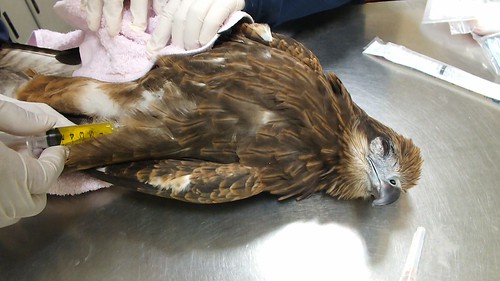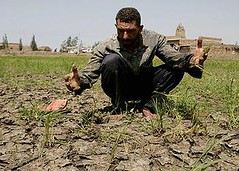Pushed by population growth, water scarcity and climate change, the pace of environmental change in the Arab region is accelerating, finds new research released by the United Nations and the Abu Dhabi government in the form of an atlas.
The UN Environment Programme and the Abu Dhabi Global Environmental Data Initiative this week released “The Arab Region: Atlas of Our Changing Environment,” which examines environmental changes over the past 50 years.
Abu Dhabi, UAE (Photo courtesy UNEP and Government of Abu Dhabi)
The Arab region, a group of 22 member countries of the League of Arab States sharing a common language, culture and religion, is divided into three contiguous clusters on two continents and in two hemispheres, bordering on five oceans and seas. Stretching across 14 million square kilometers, the region covers nine percent of the Earth’s total land area, with a population of over 350 million, more than half of whom live in cities.
The first report of its kind on the Arab Region, the atlas examines the environmental change that has taken place at more than 80 locations, with current and historical satellite images, maps and photographs, and a narrative based on extensive scientific evidence.
Before-and-after studies demonstrate wide-ranging land use change, urban growth, degradation of marine and coastal areas, altered hydrology and shrinking water bodies, loss of habitats and the impacts of climate change.
Water scarcity is a key environmental issue in 19 of the 22 countries in the region. Very low and highly variable annual rainfall makes the region particularly vulnerable to climate change impacts, and per-capita water availability is expected to be cut in half by 2050.
Today, only 14.5 percent of the region’s total land area is arable. Placing these limited arable lands at further risk, desertification and land degradation afflicts 17 of the Arab countries, triggering transboundary issues such as food insecurity and human migration.
Egyptian Rice farmer mourns his damaged rice crop after 70 days without water in a village northeast of Cairo, June 2008. (Photo by Nasser Nouri)
Biodiversity is declining due to habitat degradation and loss. The total number of known threatened species in the region stands at 1,746, with a majority of them classed as Critically Endangered.
Many of these major issues are interrelated and most are a direct consequence of increasing populations and environmental conditions associated with climate change. The arid to hyper-arid climate is plagued by frequent drought, which is the region’s most pressing natural hazard.
The Arab region has faced 276 disaster events in the past 25 years – more than 40 percent of them during the past five years.
Before that, between 1980 and 2008, droughts, earthquakes, floods and storms affected more than 37 million people in the region and caused damage estimated at US$20 billion.
With paired satellite images covering each of the Arab countries, the atlas provides visual evidence of landscape changes, such as the greening of the desert and increased irrigated agriculture; expansion of oil fields; deforestation and vegetation loss, insect infestations or harvesting for fuelwood; unchecked urbanization, development of coastal areas and impacts from severe weather events.






 救命飲食:越營養,越危險!?
救命飲食:越營養,越危險!?

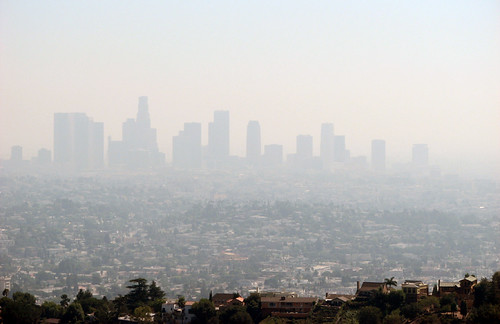




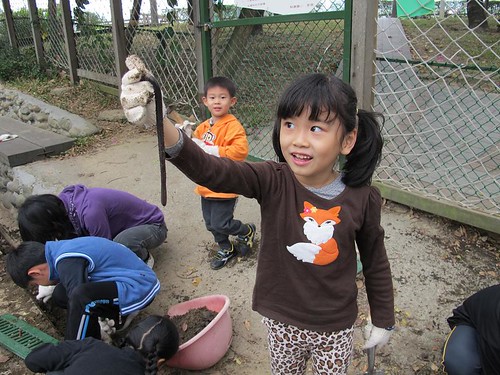


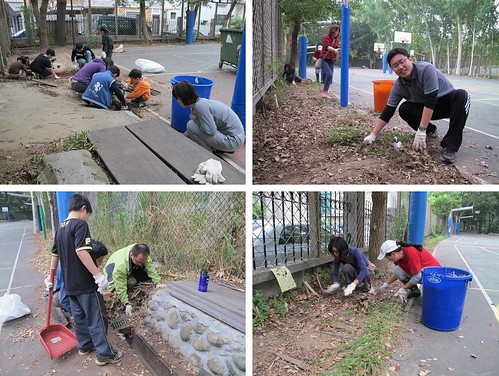

















 美國食品藥物管理局(FDA)採取新措施,逐漸淘汰部分用於刺激家禽家畜生長的抗生素,因為肉品內殘留抗生素威脅著公共健康。
美國食品藥物管理局(FDA)採取新措施,逐漸淘汰部分用於刺激家禽家畜生長的抗生素,因為肉品內殘留抗生素威脅著公共健康。